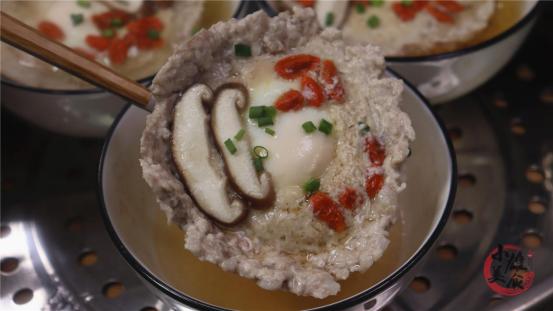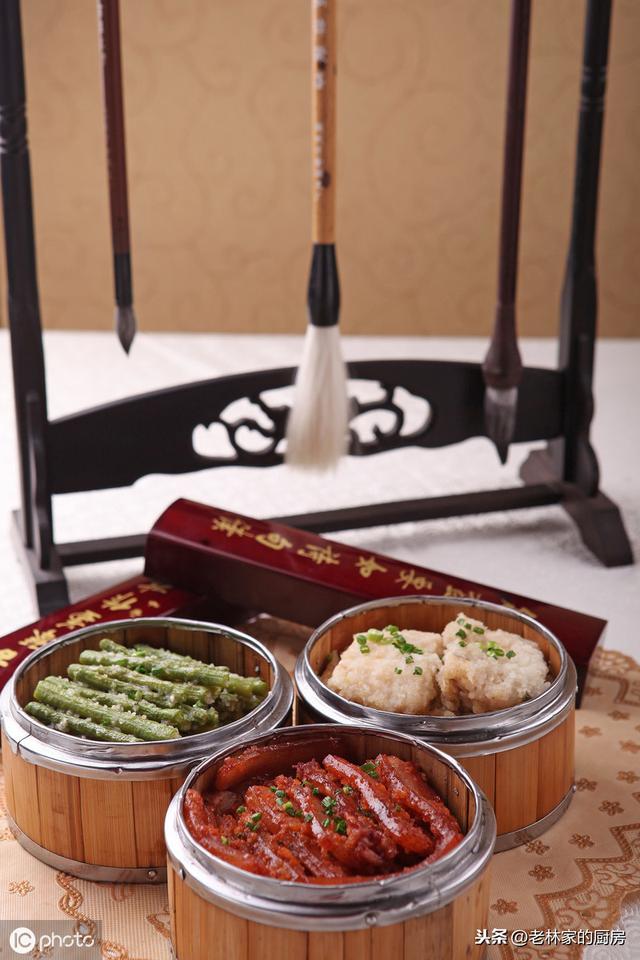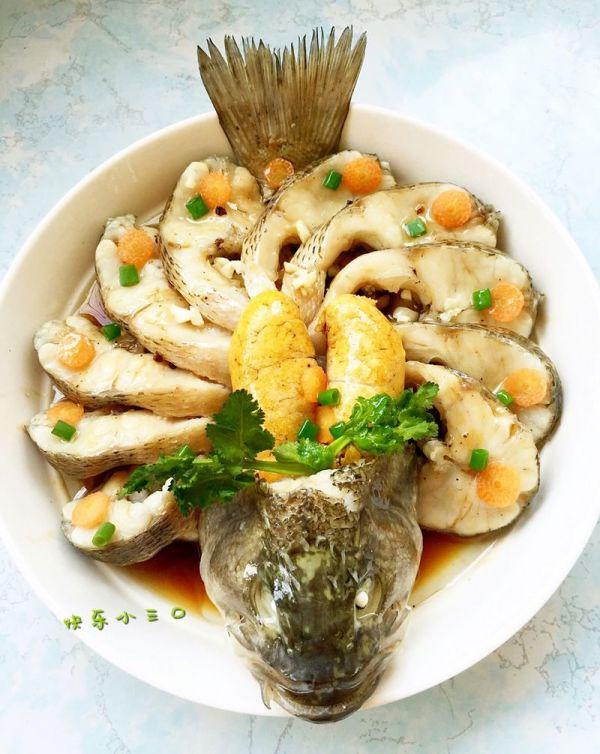北京最值得品尝的涮肉(觉醒年代里馋哭网友的老北京涮肉)

☊点击听音频☊
As Chinese traditions go, few things are better than sitting around a steamy hotpot as winter drapes a chilly cloak over North China.
冬季来临,围坐在热气腾腾的铜锅边,是中国人历来的传统,也是北方寒冻之日少有的美妙时刻。
Archaeological studies support the claim that Kublai Khan, the founder of the Yuan Dynasty (1271-1368), invented mutton hotpot.
考古研究显示,元朝开国皇帝忽必烈开创了“涮羊肉”的做法。

The nomads relied on mutton during warfare, but in the frenzy of battle, Kublai Khan's subordinates had to make do with just dipping the mutton in boiling water to cook it for him.
战时,游牧民族在战乱中以羊肉为济。然而战事激烈,忽必烈的部下只能将就着把羊肉放在沸水里涮着给他吃。
For a long time, only Beijing's privileged, such as the aristocracy, could get their hands on mutton hotpot. It was very popular among the royal families of the Qing Dynasty (1644-1911). From the imperial food archives, Emperor Qianlong (1711-99) was a true hotpot lover, indulging himself with the bubbling dish more than 200 times in 1789.
很长一段时间里,只有京城内的皇权贵族才能享受涮羊肉。清朝王室里涮肉盛行。据帝王膳食饮馔的相关文献记载,乾隆皇帝偏爱涮肉,仅在1789年就食用两百次有余。

Among the smorgasbord of vegetables and meat spread out on the dinner table, mutton has been put in the front and center.
在餐桌上铺开的各类蔬菜肉菜当中,羊肉总是摆放在正中间。
The public believes mutton has the therapeutic effect of warming the body, which makes it an ideal food for the colder months. Moreover, sheep are generally fattened up after a summer of voracious eating, making them ideal for seeing meat lovers through the winter.
人们认为,羊肉暖身,能御寒,是寒冬腊月的上好食材。夏日一过,羊儿被饲养得膘肥体壮,也是爱吃肉的人们冬日里的绝佳选择。
Many folk customs favor mutton over beef in part because cattle were once considered more important as a means of production.
在古时劳作中,牛是更为重要的生产工具,因而民间习俗大多喜羊肉而非牛肉。
Currently, the capital city is home to more than 2,000 mutton hotpot restaurants.
目前,北京市内有两千多家涮羊肉店。

Traditional Beijing instant boiled mutton is known for its simplicity, to the point that many southerners would think of it bordering on tedium. It has no saliva-inducing hotpot soup but plain water infused with some scallion and ginger slices. In some more luxurious cases, Chinese desert thorn, dried mushrooms and shrimps are added.
传统的北京涮羊肉以简单清爽著称,正因如此,不少南方人觉得涮肉平平无奇。涮肉没有刺激味蕾、引人垂涎的火锅底料,只有一锅白水加少许葱姜,更高级一些的涮锅,还带些沙棘、干菇和虾仁。
Since 1996, Cai Shihong has stuck to the old-fashioned way at his Uncle Yang's Mutton Hotpot (Yangdaye) restaurant in Beijing.
自1996年以来,蔡世红开创的“羊大爷涮肉”便坚持传统的涮锅做法。
His business was small at first but was soon overwhelmed by legions of hungry customers.
起初只是小本生意,但很快,大批食客闻香而来,小店也不得不扩张。

From just six tables, Cai's mutton hotpot business has grown to six spacious venues in Beijing, Shanghai, Hubei province's Wuhan and Zhejiang province's Hangzhou.
一开始只有六张小桌的“羊大爷”,如今在京、浙、沪、鄂四城开设了六家超大门店。
Outside business investors came knocking, offering franchise opportunities, but Cai refused most of them to ensure the quality of his product.
不少投资者慕名而来,寻求加盟合作的机会,而蔡世红为了保证膳食品质,大都婉言谢绝。
"I strayed for a short period in the past, creating many new ways to prepare and eat mutton, some of which I even had patented," says the 64-year-old Beijinger.
64岁的蔡世红说:“也有迷茫的时候,也创新了不少制备和食用羊肉的方法,有些还获得了专利。”
"But it didn't go well," Cai admits, adding that the key to his success is keeping everything traditional.
蔡世红承认,创新“并非事事顺意”,成功的关键是回归传统做法。

The quality of the mutton plays a significant role in the hotpot experience, and quality control should be in place from the very start.
要想吃到美味的涮羊肉,肉质至关重要,质量控制要一步到位。
Frozen tofu, Chinese cabbage, vermicelli made from bean starch and baked pancakes are equally indispensable ingredients in authentic old-fashioned mutton hotpot.
冻豆腐、大白菜、粉丝和火烧,是正宗老北京涮羊肉里不可或缺的食材。
When the water boils, a dish of fatty slices from the tail is poured in to grease the pot, and then the mutton slices can be added. After the meat, it's time for frozen tofu, which will absorb the mutton soup and create an explosion of flavor on the palate. Then, cabbage leaves can be baptized in the brine to balance the taste and nutrition, easing the cloying of the rich, meaty flavors and making room for the last serving of the baked sesame pancakes.
将水煮开,往锅里放入羊尾油,给锅上油,再放羊肉片。随后放冻豆腐,吸收羊肉汤,享受在舌苔上轻轻爆开的鲜美味道。再涮点大白菜,缓和膻味,调节口味,平衡营养,留点胃口继续吃麻酱烧饼。

The copper pot and ingredients, including sesame sauce, chili oil, pickled leek flowers and vinegar, also have to be present to complete the ritual.
铜锅、配料——芝麻酱、辣椒油、韭花酱和醋,缺一不可。
In the old days, such restaurants only started serving mutton hotpot from Mid-Autumn Festival (the 15th day of the eighth lunar month). Business often waned after Spring Festival. And some staffers would have to find a new job after Dragon Boat Festival (the fifth day of the fifth lunar month), when business came to a halt. Today, however, mutton hotpot has become a perennial favorite to China's gourmands.
过去,涮肉餐馆只到中秋节前后才开张,春节过后生意渐趋冷清,端午节后关门,不少员工只能另寻新职。现如今,涮羊肉已是美食家们的常年最爱。
The technology development in mutton production has allowed for year-round supplies of fresh meat.
羊肉生产技术发展革新,现在全年都能供应新鲜羊肉。
"We have guests waiting in a long line during winter, and while summer sees such extreme demand drop off, our tables are still often fully booked," Cai says.
蔡世红说:“冬天,用餐食客都要排队等着;而夏天,哪怕需求量有所下降,我们店里还是座无虚席。”
记者:杨飞跃
编辑:陈月华 周婵 商桢
实习生:李蕤
China Daily精读计划来了!
每天20分钟,
带你学英语,看世界!
,免责声明:本文仅代表文章作者的个人观点,与本站无关。其原创性、真实性以及文中陈述文字和内容未经本站证实,对本文以及其中全部或者部分内容文字的真实性、完整性和原创性本站不作任何保证或承诺,请读者仅作参考,并自行核实相关内容。文章投诉邮箱:anhduc.ph@yahoo.com






